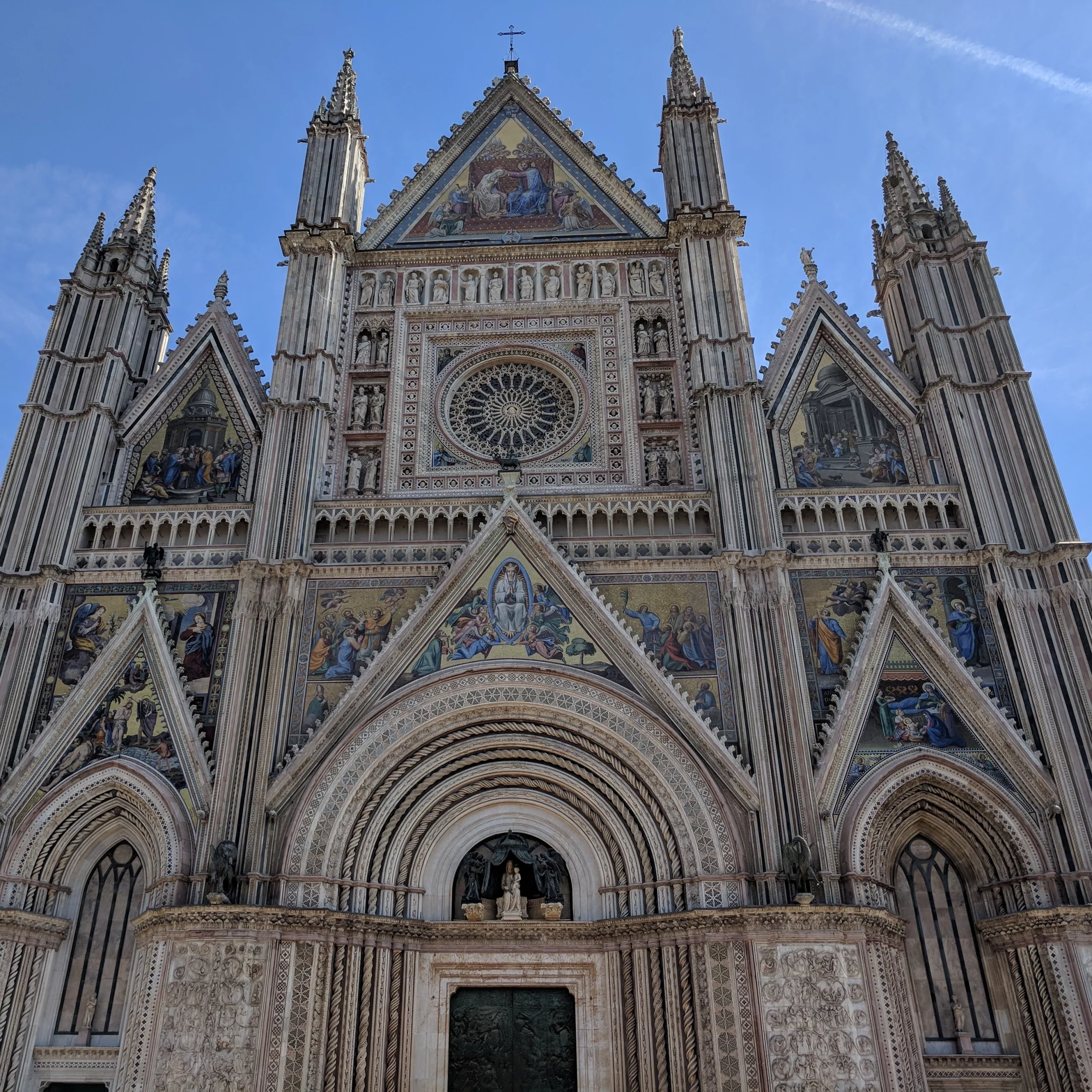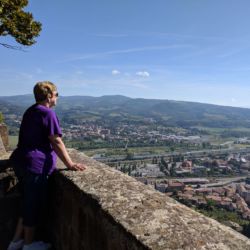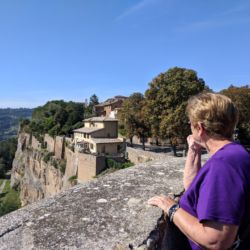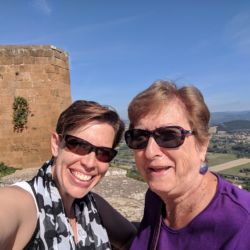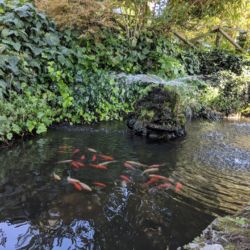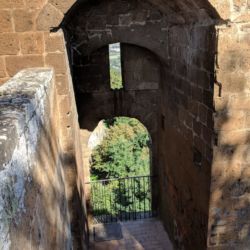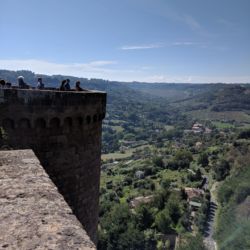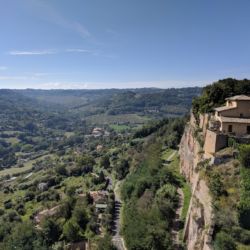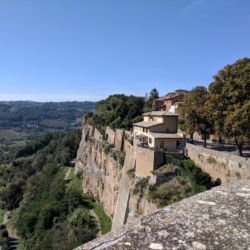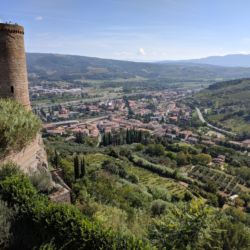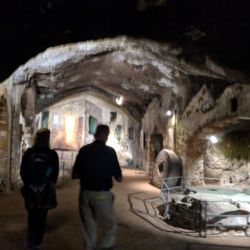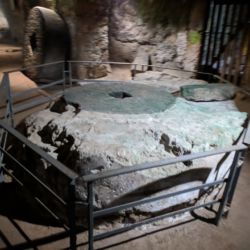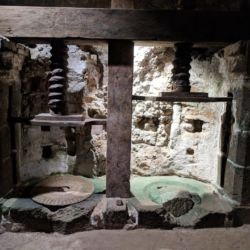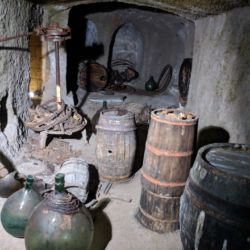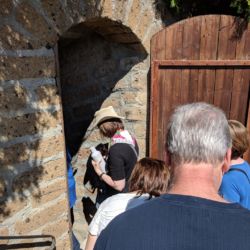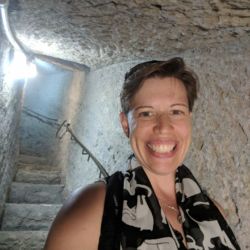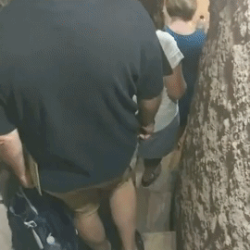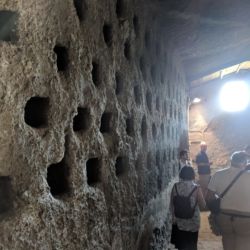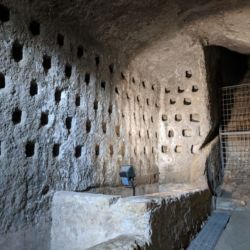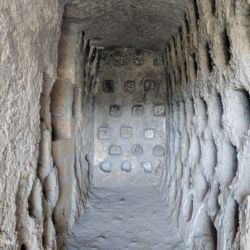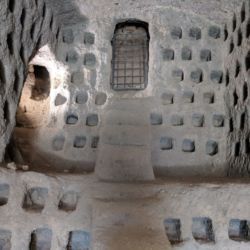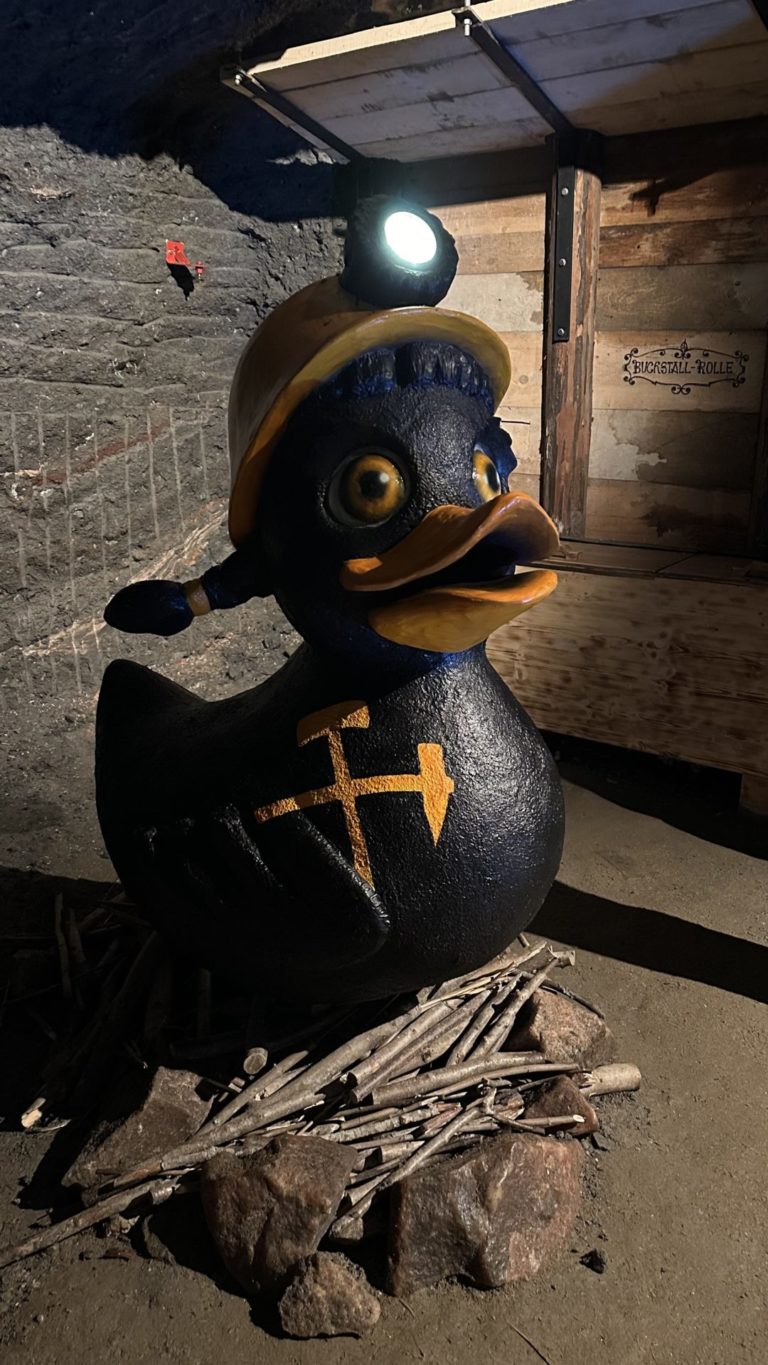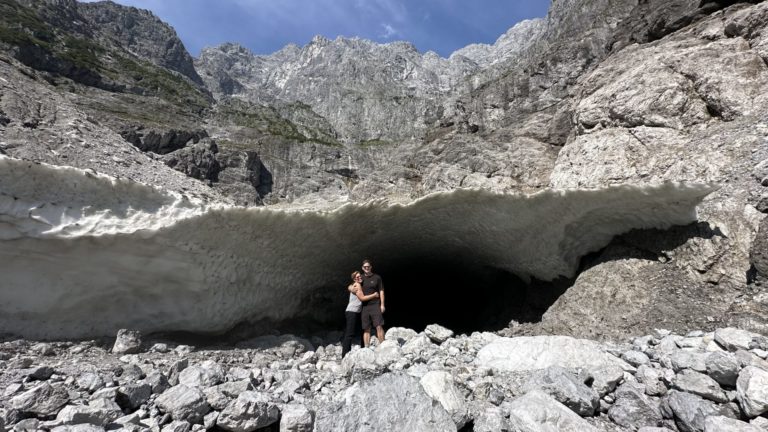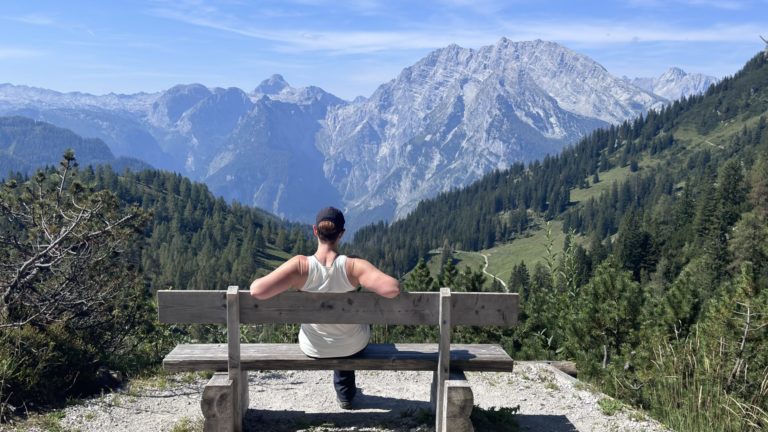In planning this trip, we intentionally left a few free afternoons / days in order to accommodate spontaneity. In many cases we have spontaneously returned to our lovely terraced Airbnb’s for naps, snacks, and chilling. Yesterday, however, we decided to use our free day to escape the hustle and bustle of Rome. Chris chose to eat his way through Bologna while Linda and I decided to sight see in Orvieto.
The Fortress of Orvieto
Orvieto is about an hour and 10 minutes train ride from Rome. I swear it’s designed for tourists because as soon as you leave the train station you see the Funicular to take you up to the top. Literally all we had to do was cross the street, pay our fare, and board the funicular. Easy peasy!
This super fancy incline train took us up the side of the steep cliff and dropped us off near a fortress. There was a crowd of people waiting to board a bus. At this point we didn’t know where the bus went but we knew for sure we didn’t want crowds. We walked past them into a blissful people free zone. Yes, as a matter of fact, we were peopled out after visiting the touristy areas of Rome.
Just past the bus stop was a fortress. According to Wikipedia, it is the Albornoz Fortress. We just knew that it had amazing views and a fish pond!
The Duomo
Still avoiding crowds, we decided to walk to the Duomo (church) which is where the underground tour starts. As churches tend to be built on hills, this was an up hill walk but the street wasn’t crowded and we enjoyed the cooler morning. The Duomo was quite lovely when we reached it and the plaza was a fun place to people watch.


The Underground Tour
Orvieto is a city of caves and one of the things I was most looking forward to is exploring them. The city offers tours 4 times per day. Upon reaching the ticket office, I immediately inquired about the tour and the number of steps. Turns out the tour goes into 2 caves: the first is totally flat (lie) and the second requires a decent down 50 steep stairs (truth). I asked the lady if my companion could just go for the first part and remain in the first cave and I was told absolutely (kinda truth). I blame language barriers for the lies and partial truths. I really should learn the local language before asking hard questions…
I bought our tickets for the tour and we were off to kill an hour and some until our designated tour departure time. I needed second breakfast / lunch so we went off in search of sandwiches and found a delightful shop selling panini’s. Since Chris wasn’t with us, I had the wild boar and truffle sandwich in his honor. No regrets!

The tour started promptly and our guide led us from the meeting location to a fancy gate along the cliff wall where she took our tickets. I don’t have a picture of said fancy gate because I was busy taking pictures of these adorable cats chilling in the vicinity. Cats are everywhere in Italy which makes my heart happy.

The Underground Tour: Layers of Rock
We enter into the first cave and learn about the landscape of Orvieto. This cool island in the sky has layers just like an ogre, onion , or parfait. We learned a bit about how the area was formed – that it was originally a sea, the sea retreated, a volcano exploded… The important bit is that this hill is comprised of volcanic material on the top and clay on the bottom. Volcanic materials are super porous so all the water sinks down to the clay layer. If you want water in this island in the sky, you must dig to the clay level. Additionally, you don’t have many trees so if you want houses, you dig up some fancy volcanic rocks (travertine and tufa) and build yourself a house over your new basement / wine cellar.

The Underground Tour: Working for a Living
We descended a handful of stairs and upon entering the next room, we were greeted by the site of olive oil press equipment. Apparently in the middle ages, Orvieto was super crowded. In order to maximize living space, they moved a lot of their work space underground. We were shown a fancy donkey powered wheel that was used to crush the olives and an even fancier press for, you guessed it, pressing the olives. Fun fact, they would press the olives multiple times adding water on the subsequent presses. The first pressing was the good stuff and the others were of lesser quality.
The Underground Tour: Excavating the Rocks
Descending a few more stairs, we reached a cool tunnel / column network. Our guide explained to us that the original inhabitants mined the caves for fancy powder (pozzolana) used to make concrete as well as blocks to build their homes. You could legit touch the wall and you hand came away dusty with the concrete powder! This mining was all done by hand and you could see the pick-axe marks in the walls and ceiling.


The Underground Tour: Digging for Water
A few more stairs led us to an 80 m deep well. 80 meters is the total depth from the surface not what you see in the picture below. This is an ancient well dug in the 6th century BCE. You read that right. It’s a crazy old hole. This baby was dug / maintained by hand and you can in fact see the hand and foot holds in the sides for some poor soul to climb up and down the well. Archaeologists aren’t exactly sure how the workers had sufficient oxygen in these holes. The leading theory is that large bellows were used to push fresh oxygen down but there’s no definitive proof.

We left this cool (literally as the cave has a constant cool temperature of 50 something degrees) cave and proceeded back outside. At this point our tour guide tells us we’ll go slightly up a hill and then descend down 50 steep stairs to the next cave. Anyone who wanted to save their legs could hang out in a nice cliff side garden. Linda chose to save her legs while I forged on.
The Underground Tour: Descending into the Deep
We entered the next cave and the steep, narrow stairs were no joke! Several folks were brushing either side of the walkway and you had to pay attention to where you were walking.
The Underground Tour: Pigeon Farming
Orvieto was a desirable city in a desirable location. It was built atop a steep cliff which provided occupants with high visibility into the surrounding area and the occupants fortified it with tough walls built out of volcanic materials. It’s located about halfway between Florence and Rome. The result is that Orvieto was frequently under siege.
The inhabitants had water from their wells but they needed steady food supplies. Enter in the pigeon. They don’t take up a ton of space. They are very lean meat and high in iron. Most importantly, pigeons are incredibly self sufficient as they take themselves out to feed. They’ll even fly over invading armies to get to their food supplies.
Pigeon farms (okay this isn’t what they’re really called but work with me here!) were always built on the outside edges of Orvieto as they required a window for the birds to fly out and forage for food. Opposite the window was a tunnel leading into the home of the family raising the pigeons. Apparently this was a very lucrative business and the pigeon farmers tended to be quite well off. Bonus fun fact: pigeon is still consumed in Orvieto today.
Shopping
Linda and I reconvened after the tour and enjoyed the rest of a leisurely day with gelato, shopping and enjoying the mostly empty streets of Orvieto.

